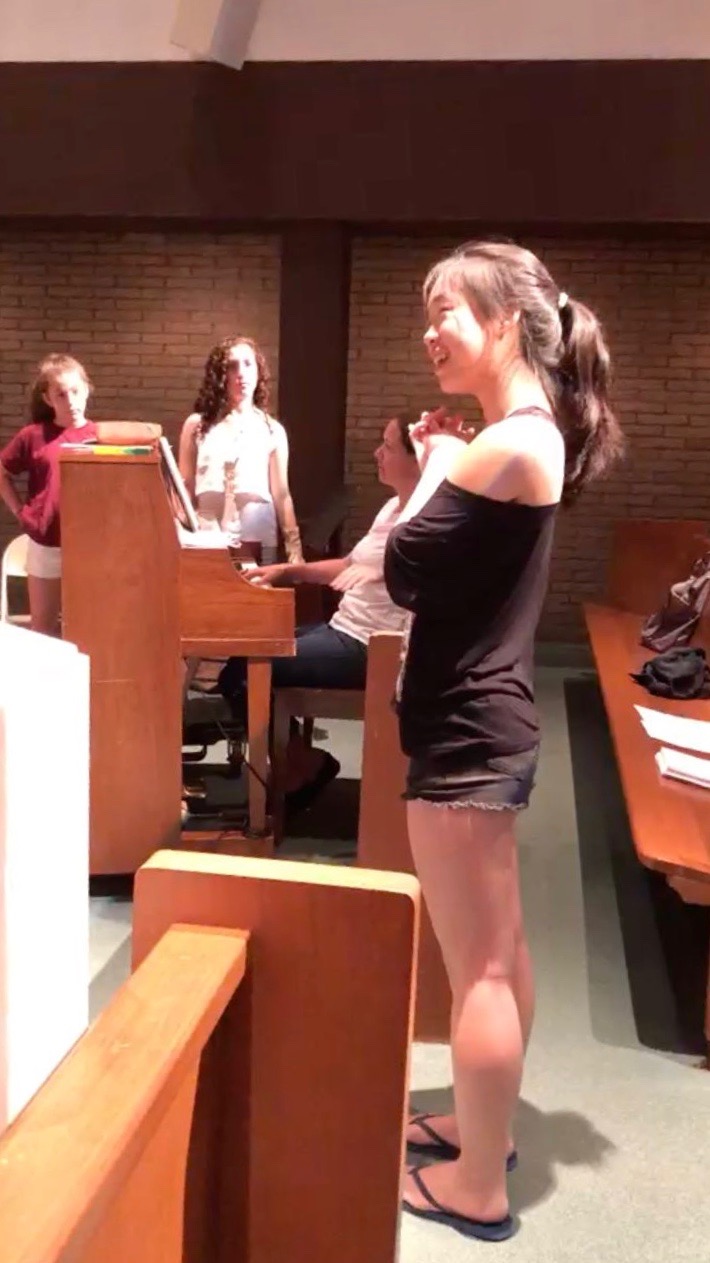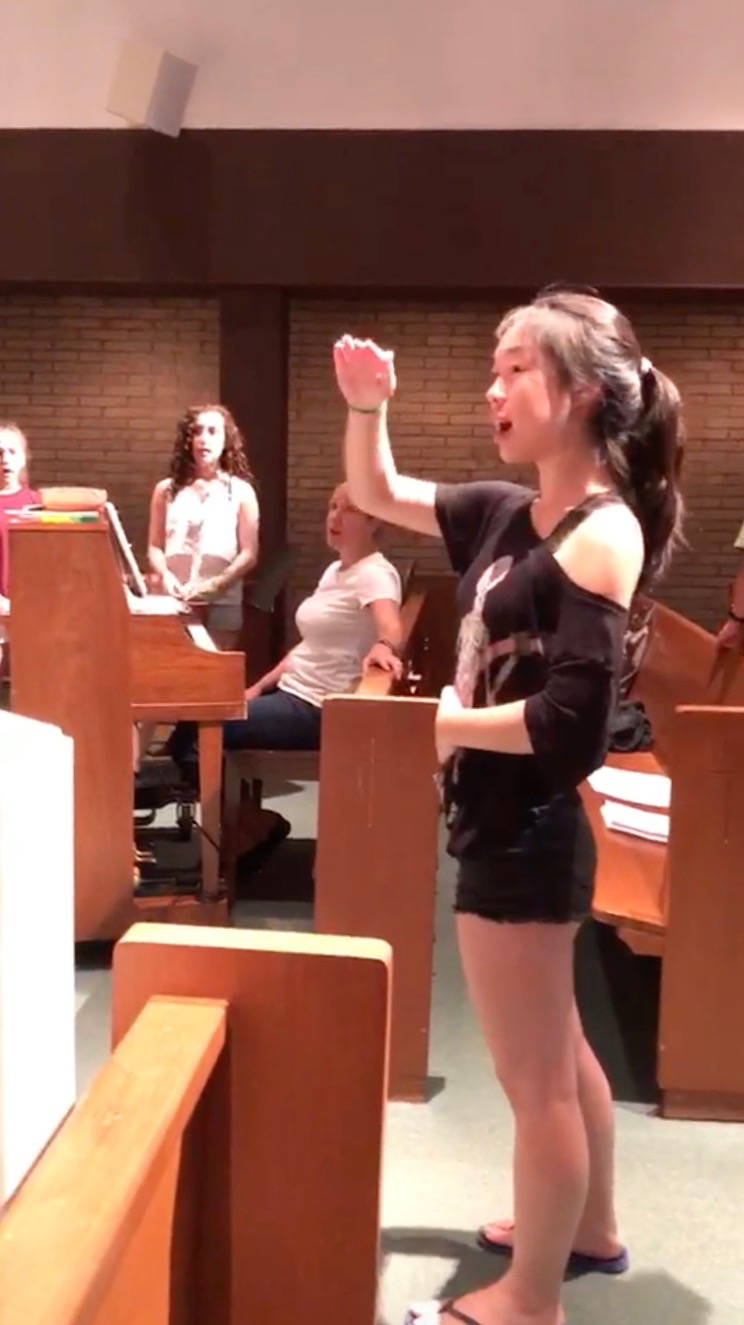Professor Christine Howlett and Linda Liu ’19
A choir has the potential to honor the face and voices of the world’s people. However, this potential is often only used to serve dominant ideologies of what is choral music and who contributes to it. This project allowed Christine and I to explore how we can develop the choral arts into a practice that will actualize its potential for diversity and inclusivity. Our work included research into the question of “What do diverse and inclusive choirs look like,” as well as leading the Capella Festiva Summer Choral Festival [SCF], a choir camp that serves Poughkeepsie youth, ages 8-18.
The first half of the program was spent preparing and running SCF. My mindset as the first day of SCF approached was to contribute in a way that would last beyond this summer. To do this, I directed games and activities, led discussions on diversity and inclusivity in choir, assisted in sectional work, conducted one of the concert pieces, and performed statistical analyses of the singer’s feedback surveys. Through these actions, I hoped to create a space for the camper’s that was musically and socially fulfilling.


Rehearsal with the Treble Choir
A personal highlight of the camp was hearing the camper’s thoughts as to what they believed diversity and inclusivity in choir included. So much pride bloomed within me as I listened to singers as young as ten speak about issues surrounding how gender roles restrict the inclusivity of choir for non-cisgender women, all the way to fundraising suggestions to increase accessibility for choristers with financial difficulties. These discussions, combined with the feedback from the surveys, will allow their voices to improve the future years of SCF.

Spearman’s correlation between age and enjoyment of the songs, a way of learning which pieces resonated with which singers
After the camp’s conclusion, Christine and I continued the research of our central question. This included collecting literature on the subject of diversity and cultural exchange, searching for repertoire and composers that contributed to our mission of diverse choral music, speaking with experts on diversity in choir, and participating in an Engaged Pluralism Initiative workshop with other faculty, administrators, and students. Together, we delved into issues of honoring music from non-classical European tradition, while avoiding the othering and appropriation of such music; issues of critically analyzing social structures that exclude underrepresented groups of singers, and those that could create welcoming spaces for such singers; and a myriad of other issues. This work will lay the foundation for our upcoming symposium on diversity in music.
Although my work this past summer has come to a close, it is clear that this question of diversity and inclusivity in choir extends far beyond the summer, and even beyond the symposium. I am grateful for the way this research has absorbed, and continues to capture, my heart and mind, for a choir’s potential for positive, powerful change deserves the dedication.
